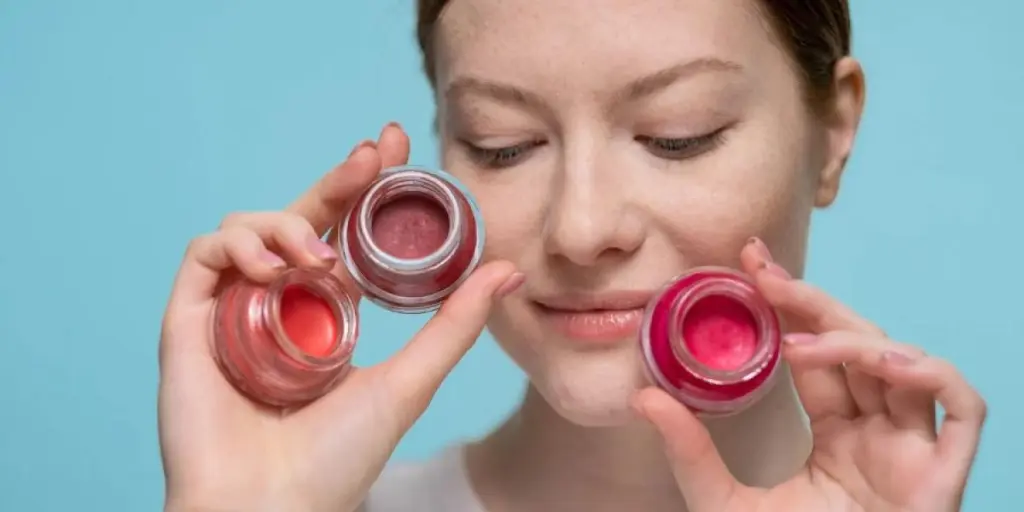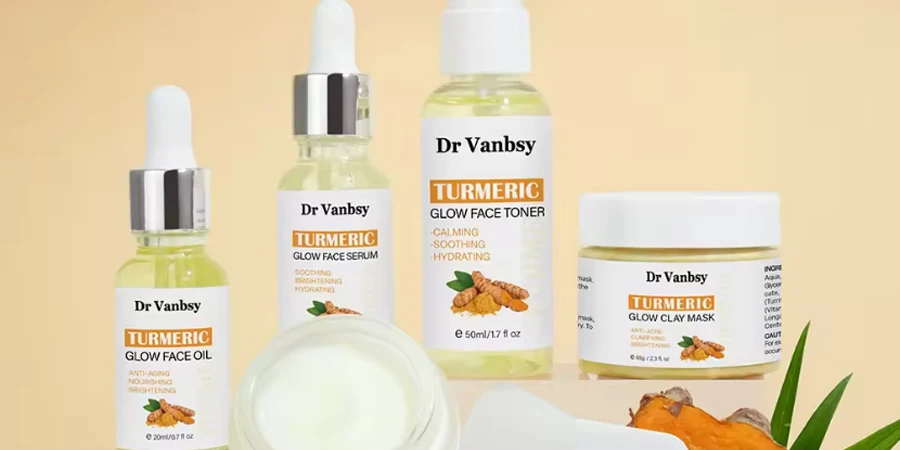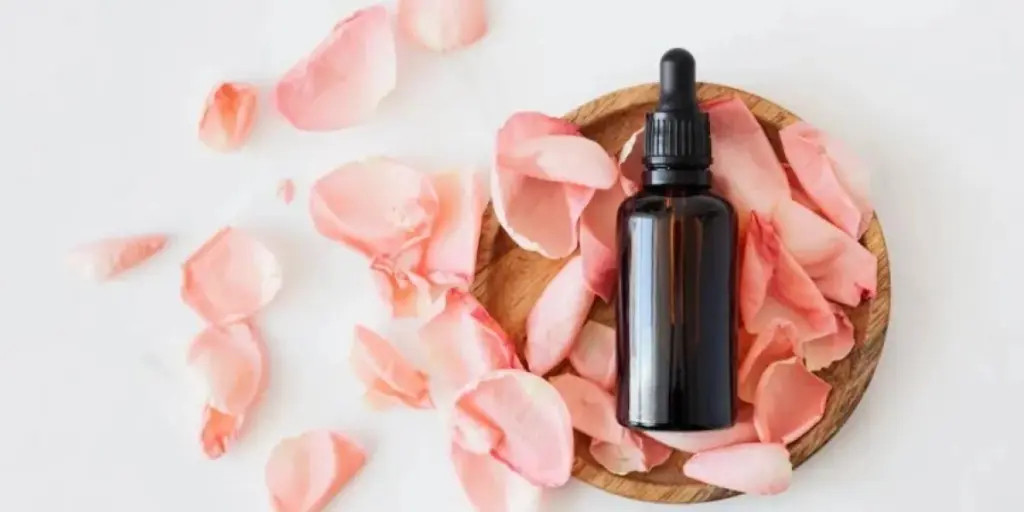K-beauty has undoubtedly impacted the beauty industry, with trends influencing beauty care worldwide. And now with technology taking center stage in K-beauty product innovation, there will be a greater emphasis on sustainability and consumer health.
Brands will offer new solutions that simplify consumers’ daily routines and enter previously underserved categories, such as intimate care. So read on to learn about the shifting lifestyle interests and priorities that will shape the K-beauty industry in 2025.
Table of Contents
The lucrative K-beauty market
K-beauty ideas for 2025
How to implement K-beauty trends
The lucrative K-beauty market
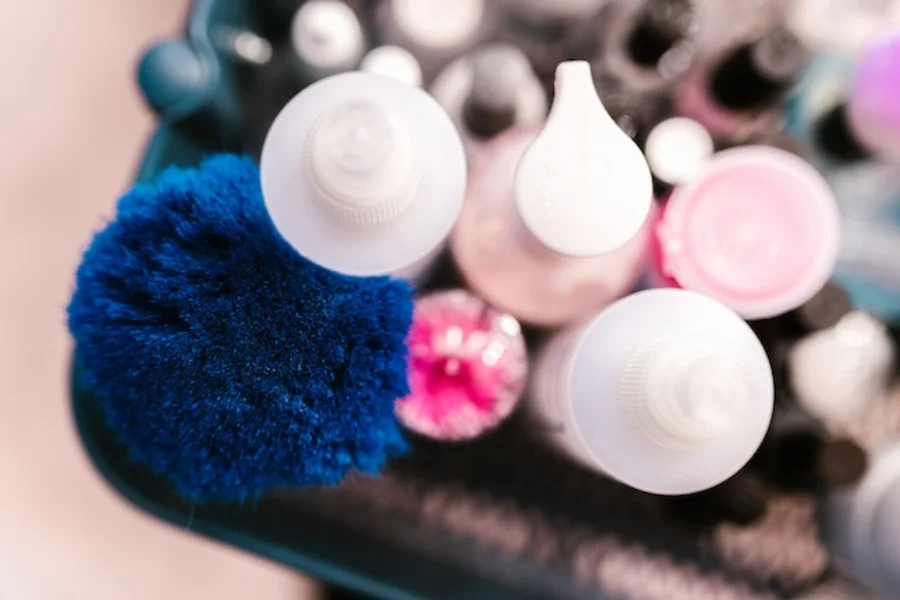
The K-beauty market was valued at USD 12.6 billion and is projected to grow at a 2.6% compound annual growth rate (CAGR) between 2023 and 2027. South Korea is the world’s third largest exporter of beauty care products, and #KBeauty trends have received over 5.6 billion TikTok views.
K-beauty, popular among eco-conscious shoppers, will take a more sustainable approach to current trends. Vegan beauty, tech-fuelled individualized beauty solutions, and products that promote self-care will be popular among Korean shoppers. K-beauty will also cater to previously untapped markets like women’s and men’s intimate beauty care.
Continue reading to learn about the major lifestyle trends and the product directions brands must focus on to connect with K-beauty shoppers.
K-beauty ideas for 2025
Go eco-friendly and vegan
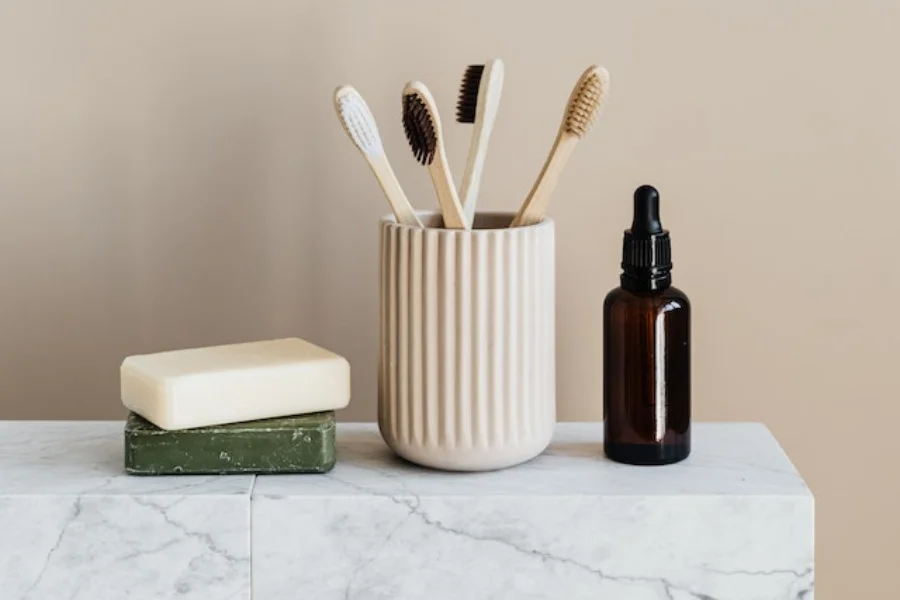
The Korean vegan beauty market was worth 15.9 billion in 2021 alone and is expected to grow to USD 24.8 billion by 2028. As sustainability becomes a top priority for many K-beauty buyers, brands will incorporate it into their product formulations and packaging.
The rising skepticism among consumers about vegan certifications will drive brands to adopt proper regulations and be more transparent about their products. Agencies like the Korean Agency of Vegan Certifications & Services will ensure that brands strictly adhere to vegan standards, right from manufacturing to delivery.
A sizable portion of K-beauty customers will advocate for fully sustainable vegan products, as trends show that sustainability was a top priority for 8.3% of consumers in 2023, up from 3.1% in 2022. Brands will use regenerative farming methods, experiment with biodegradable packaging, and be more careful when sourcing ingredients.
Brands can action the eco-vegan trend by incorporating sustainability in product development and packaging. For instance, Freshian, a vegan brand, uses cornstarch to create cushion foundation puffs, while Dearbot introduced a fully degradable cleansing sheet. As the demand for sustainability rises, brands will leverage upcycled ingredients and explore lab-grown alternatives.
K-haircare: concern for hair health

The focus will be on targeted haircare solutions that promote scalp microbiome, along with high-quality salon-grade products that deliver. The K-haircare market alone was worth USD 1.2 billion in 2023 and is set to grow at a 2.1% CAGR. It mirrors skincare trends with consumers seeking ingredient-rich, high-performing formulations that nourish scalp and hair health.
Silicone-free, anti-hair-fall loss, and gray hair coverage products present the most opportunities in the South Korean market. To stand out in a crowded market, brands should offer age-specific solutions rather than follow a one-size-fits-all approach.
As the economic crisis worsens, consumers will seek salon-grade at-home alternatives that reduce their overall expenses. Products that offer services like at-home hair and scalp spas will flourish. Furthermore, serums and shampoos that balance the scalp microbiome and lower the scalp temperature will be in demand.
Brands can capitalize on the growing haircare space in South Korea by offering products that break the stereotypes surrounding hair aging. As many consumers embrace progressive products, brands can offer a range of products that help users transition to gray hair more smoothly.
Practical wellness solutions
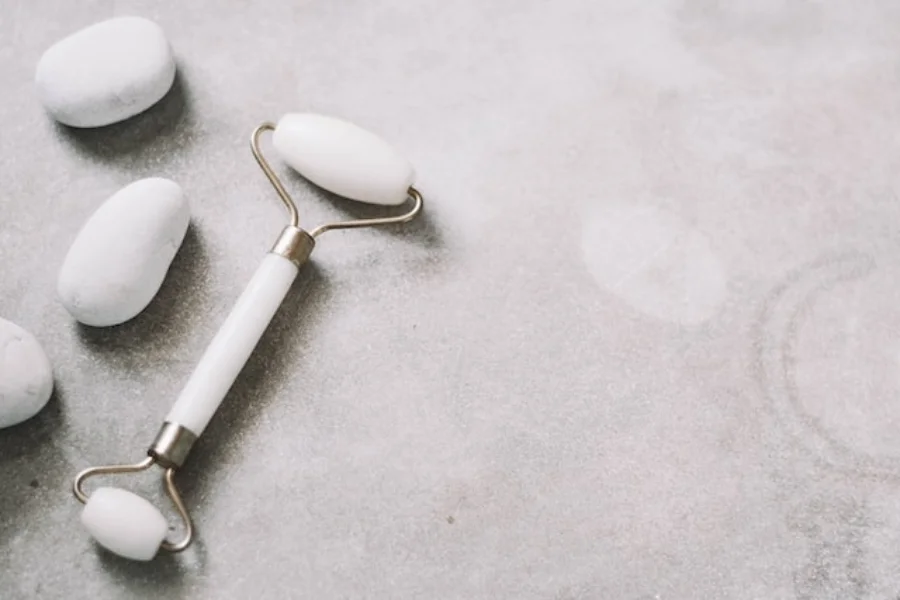
The global wellness market is expected to be worth USD 1.13 trillion by 2025, indicating a strong interest in self-care. As people’s lifestyles become more stressful, quick-acting, functional, and convenient wellness solutions will emerge.
Shower wellness tools that provide a salon-grade spa-like experience in under 10 minutes are popular among self-care practitioners. Other tools popular in this space include salt massage bars, gua sha to help relax the facial muscles, essential oils, and perfumes with aromatherapeutic benefits.
Brands can be successful by creating efficient and realistic iterations of current wellness trends to attract time-crunched consumers. For example, they can provide at-home versions of spa-like services. Clapoti, a US brand, sells foot care products inspired by Korean saunas, such as creams, masks, and cleansers.
Thriving intimate care beauty

Intimate care will become more common, reflecting a shift in conservative societies’ acceptance of taboo topics. This segment is expected to be worth USD 61.2 billion by 2027, with the introduction of gentle, science-backed formulas that meet Korean shoppers’ stringent clean beauty standards.
As more consumers become educated about clean beauty, they will demand products certified by experts in the field. For instance, MISMIZ, an intimate brand, collaborated with obstetricians and gynecologists to develop an intimate care wash.
Consumers will prefer individualized solutions that address specific needs over generic products. Additionally, brands will find opportunities in hormonal care, which will address the various needs in the menstrual cycle and menopause.
The popularity of intimate care products will contribute to de-stigmatizing discussions about sexual wellness. Brands must rise to the occasion by catering to the previously overlooked intimate care needs and using their platform to educate consumers.
Brands can leverage traditions like chai-yok (vaginal cleansing) to offer detox products. And lastly, brands can look into men’s intimate care as it has been largely underserved in the South Korean market.
Playing with colors

Color play that encourages creative self-expression will evolve with the assistance of AI-powered solutions. The color schemes will be more intentional with users seeking personalized color solutions in make-up and hair shades. 54% of Korean consumers stated that personal color played a major role in choosing beauty products.
Brands are embracing diagnostic color tools that scan the user’s face to assess the colors on the face to deliver customized cosmetics like foundations and lipsticks. Other tools offer customized lip shades that match the shopper’s outfit.
AR capabilities will be extended to physical product applications, allowing users to design an entire makeup collection based on their preferences. The AI tools will enable shoppers to virtually try on different colors before downloading a physical product.
As colors will continue to thrive, many will be concerned about sustainability. So brands must adopt a preservationist approach to win over environment-conscious shoppers. They must be conscious of how ingredients like mica and shimmers are sourced and should explore vegan color options.
Innovative beauty care

Technological advancements will deliver ultra-convenient, high-performance solutions that will simplify daily routines. No-touch formats will thrive after the pandemic, with new iterations featuring smart designs that require no effort from the user.
Wearable skincare will gain momentum with great emphasis placed on adaptable and fluid designs. These items are designed to eliminate the hassle of applying and reapplying skincare. Amorepacific, for example, has introduced a stick-on skin patch that delivers a customized dosage of actives when attached to the skin. As skin activity changes throughout the day, these patches use electronic signals to optimize the amount of actives required.
These breathable, sweat-resistant electronic skin patches are infused with actives, anti-aging nutrients, and microbe-friendly ingredients that nourish and protect the skin. Furthermore, brands will embrace customization and allow customers to participate actively in product development.
Brands must adopt transparency in their business practices because many consumers are concerned about data privacy. Shoppers want to know what companies do with the information they collect, so brands must reassure them that the information they collect is secure and will not be distributed.
How to implement K-beauty trends
Sustainability is a major concern among K-beauty shoppers, and brands must ensure that sustainability is followed in all aspects of the supply chain. They must aim to reduce waste and explore tech-enabled solutions.
Many consumers will seek individualized products tailored to their age and life cycle. Brands can offer menopausal support and anti-aging haircare products, categories that have been previously overlooked.
Efficacy and authenticity are highly valued in the South Korean market. Brands must win over discerning customers by collaborating with experts in the field and obtaining the necessary certifications from accredited bodies.
